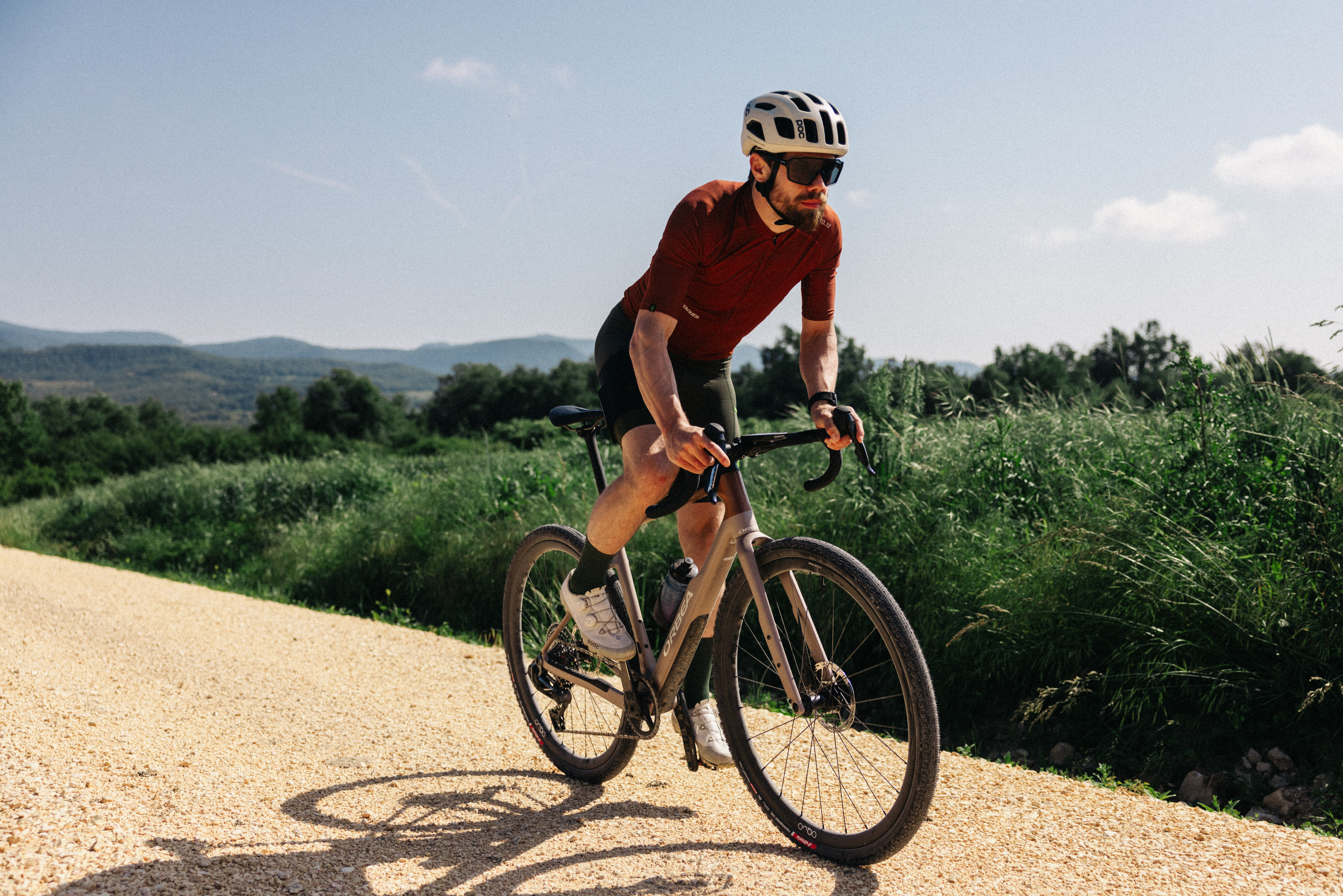Early Verdict
The Orbea Terra is now more equipped for adventure, although it doesn't seem to have come at the cost of speed.
Pros
- +
Lighter frame
- +
50mm tyre clearance
- +
More mounting points
- +
Larger internal frame storage capacity
- +
Component and colour customisation
Cons
- -
HB-GR10 cockpit felt pretty stiff
You can trust Cyclingnews
Orbea has launched a new iteration of its Terra gravel bike, now in its third generation. The latest Terra is an evolution of the previous model with updated features to enhance its adventure riding and ultra-distance racing capabilities.
Considering how far other brands have leaned into maximising the adventure potential of their more capable gravel bikes, Orbea has kept the third-generation Terra relatively conventional. You won’t find bump-absorbing suspension, dropper posts for steep technical descending or super long, wide and upright geometry for maximum control. So although the new Terra should be better equipped for racking up big mileage than the outgoing model, Orbea says this hasn’t come at the cost of speed.
The new Terra features an updated frame that's designed to be smoother and lighter, more cargo mounting points have been added, and geometry has been updated to improve stability. This middle ground, do-everything philosophy is likely to be the best gravel bike for most riders, but it's a hard balance to find. Lean too much towards performance, and a gravel bike can quickly feel outgunned and fatigued beyond well-maintained gravel trails, but beef up the capability, and you will be watching your riding friends disappear up the road on faster sections.
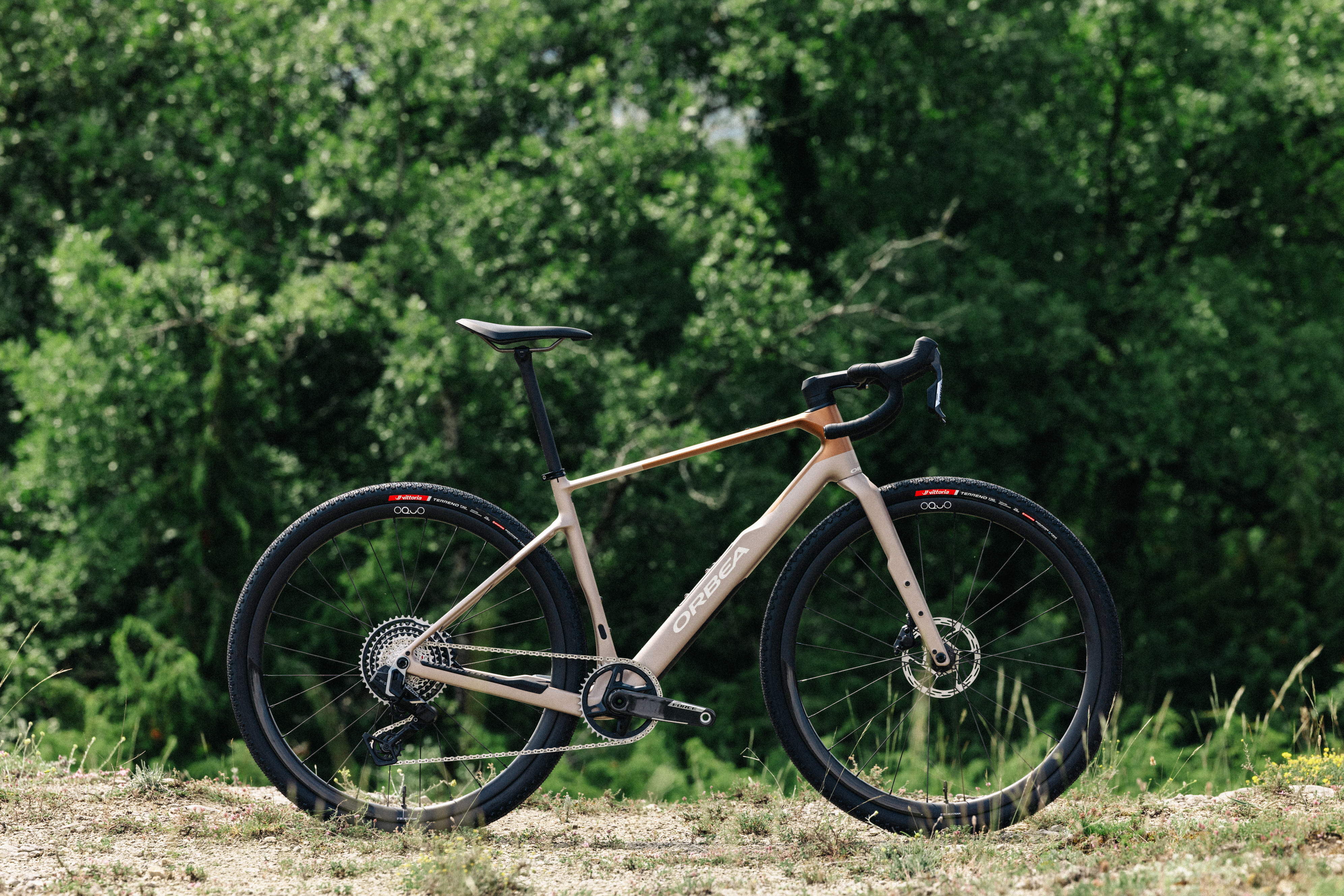
Design and Aesthetics
Orbea constructs the Terra from its OMR carbon, which Orbea says enhances elasticity and therefore the layup is more capable of filtering out trail vibrations. The frame shaping with the Terra’s dropped seat tubes, slim top tube and the cutouts on the fork should all help enhance compliance in the right places. The new frame is a little lighter than the previous generation, weighing in at 1040g it saves 100g although the added bosses to the fork have increased the fork weight by 25g.
Geometry has been updated with Orbea, focusing on increasing the capability of the Terra. The geometry changes aren’t radical but have been made to improve the comfort and stability of the bike. As it’s now fully focused on ultra-distance riding, to improve stability the trail number has been increased and the wheelbase has been lengthened by 23mm (medium) by extending the chainstays to 430mm and the reach to 400mm. The Terra features size-specific fork trail numbers, so the handling should be uniform across all sizes. Stack has also been upped by 10mm for a slightly more forgiving position and the seat tube angle has also been steepened a little too, now positioned at 74 degrees..
Tyre clearance has also been increased and the Terra will now clear a 50mm tyre, which includes the ETRTO (European Tyre and Rim Technical Organisation) standard mud clearance of 6mm. The trend in gravel right now is bigger is better, so if you’re willing to forego some mud clearance and potentially a little paint, then you could easily squeeze up to a 2.1in depending on your tyre and rim combo. There are fender mounts too and with mudguards installed, the Terra will still clear a 45mm tyre.
With 50mm tyres fitted, 1x drivetrains are compatible with 50T chainrings and gravel double chainsets with an inner maximum chainring of 36t.
The latest race content, interviews, features, reviews and expert buying guides, direct to your inbox!

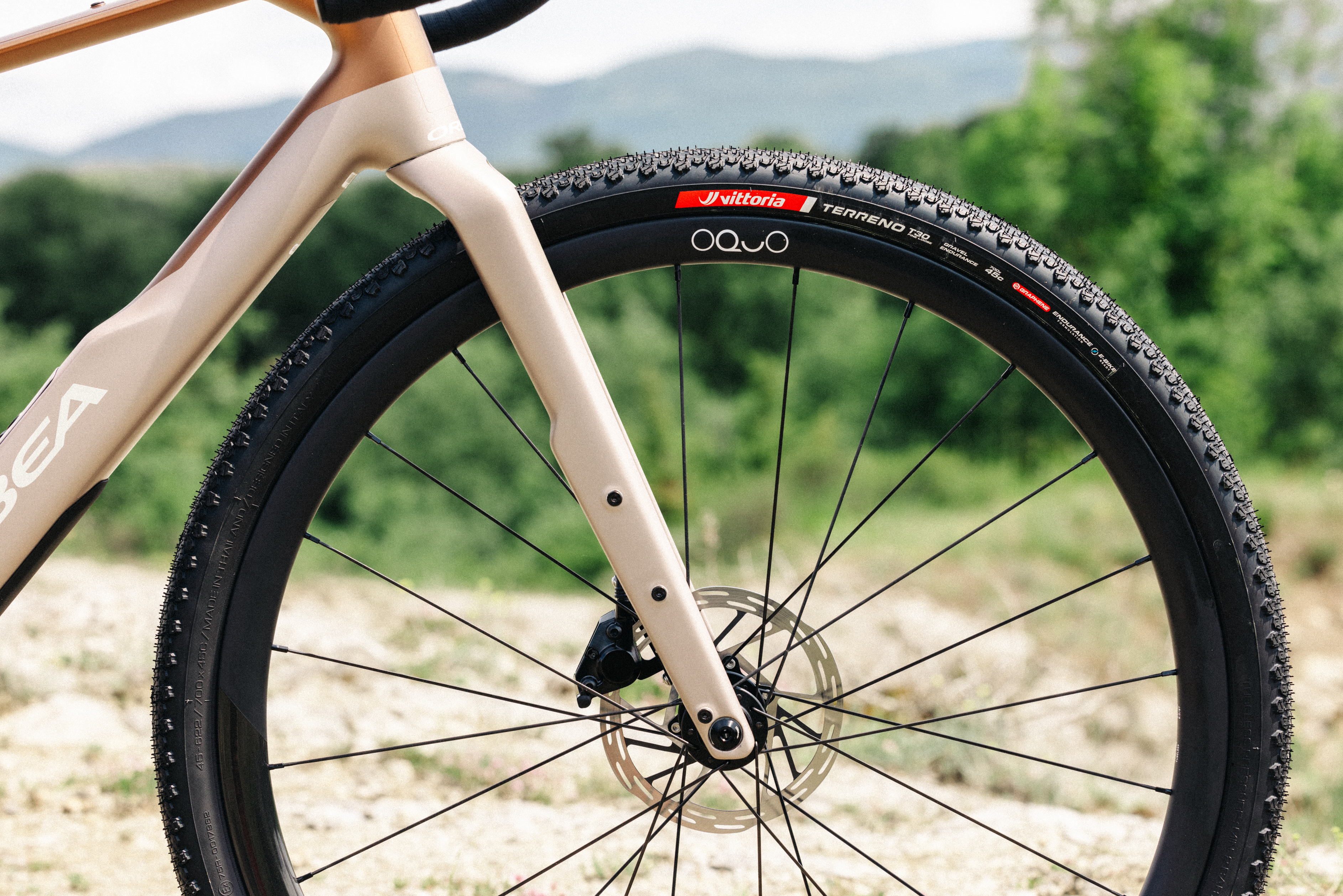
The Lockr internal frame storage was introduced on the Gen 2, by reshaping the downtube so that it transitions from a round tube to a square section, the internal storage has been increased by 35 percent. The storage is accessed by flicking a lever to release a good-sized compartment hatch under the bottle cage. The bikes will include an organisation sleeve so items are easily organised and rattle-free in the downtube. Bosses have been added to the fork, although it's only a standard pair of bosses rather than a more durable triple setup. There are also bosses on the top tube and under the downtube too.
I'm personally pleased to see a standard seat clamp rather than an internal wedge to ensure there is no fiddly fitting or slippage while riding. Plus, the Terra uses a standard 27.2mm round seatpost, meaning it's also compatible with most short-travel gravel dropper posts.
The Terra uses a UDH (Universal Derailleur Hanger), even if you aren’t running SRAM direct mount derailleurs, it's great to see a universal standard becoming more common for drop bar bikes, as it simplifies hanger replacement should you bash your derailleur.

Specifications
Orbea invited me to the Terra press event at Vitoria-Gasteiz and brought me the top-spec SRAM Force-equipped M21eTEAM 1X bike to test out on the Basque gravel. For those who prefer Shimano, there is the Terra M20iTEAM, which is fitted with a 2x Shimano GRX Di2 RX825 groupset. Both range-topping bikes roll on an Oquo Road Control RC30TEAM carbon wheelset, which is fitted with Vittoria Terreno T30 fine loose Gravel Endurance G2.0 in a 45mm width.
My bike was presented in a rather appealing Nickel-Met Cinnamon (Matt) colourway, but there is also a Caramel Carbone View (Gloss) and Acid Gum - Fantasy Purple Carbon View (Gloss). Alternatively, if you prefer, you can customise any of the Terra’s using Orbea’s MyO program, which lets you pick your own colour scheme.
Below the two halo models, there are a further five spec levels, all of which use the same OMR spec carbon frame. The Terra M35Team still features the Oquo Road Control RC30TEAM wheelset but switches to a mechanical Shimano GRX RX820 2x12 groupset. The Terra M35Team 1X is the one-by counterpart with a SRAM Rival XPLR AXS 13s electronic groupset and an Oquo Road Control RC30TEAM alloy wheelset.
There is the Terra M20Team, which is the same as the Terra M35Team but trades the carbon wheels for a narrower Oquo Road Control RC25PRO. Finally, there is the Terra M30Team and Terra M30Team 1X, giving the option of either a Shimano double or one-by setup and unbranded alloy wheels.
The bikes receive a new handlebar, two-piece HB-GR10 carbon bar (alloy on lower spec bikes) and an alloy stem. The bar has an oval top section with a 120mm drop with a 12-degree flare. This setup is customisable in four widths (380, 400, 420 and 440), 0mm and 15mm rise and stem lengths from 70mm to 110mm.
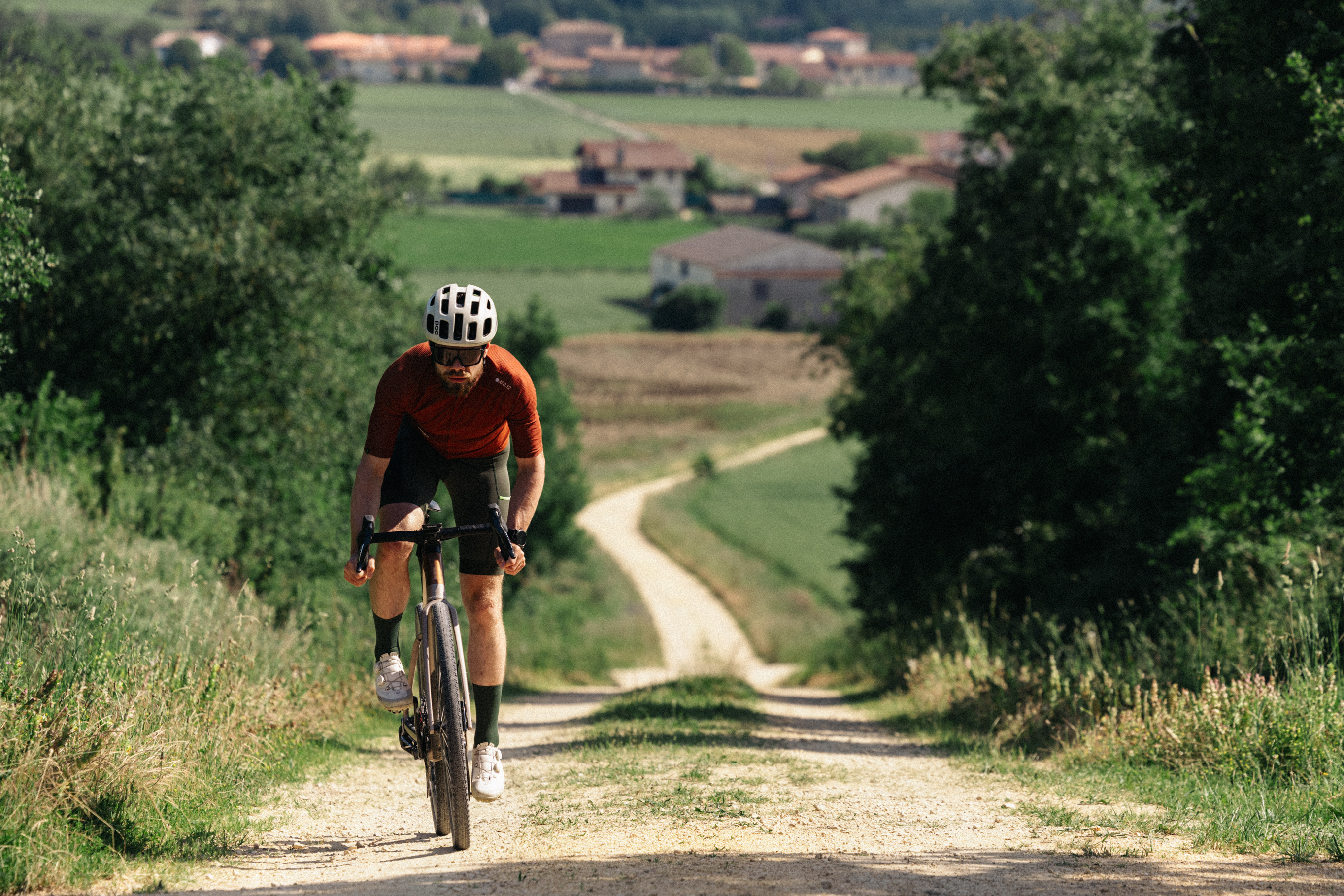
First impressions
Vitoria-Gasteiz has an extensive gravel trail network that crisscrosses through the surrounding farmland and countryside. The preceding few days had seen some rain, but the skies cleared and the trails dried up by the time we were riding, so the gravel was riding well.
I didn’t get the chance to ride the previous generations of Terra, however, jumping onto the bike, I found it still felt very familiar and comfortable to ride from the first pedal. The position was a well-considered middle ground of sporty, without being too aggressive, and handling was predictable and confident. The route we followed didn’t feature much in the way of technical descending, but from my brief experience, I would feel confident tackling more technical sections.
I’m not going to get into the murky waters regarding how capable a gravel bike needs to be and where gravel bikes stop and MTB begin, but I remain unconvinced that gravel bike suspension offers any real benefits that can’t be achieved by running larger tyres. I’m open to having my mind changed but our Cyclingnews lab testing proved that wider tyres are faster anyway, without adding any additional maintenance requirements, minimal extra weight or cost. I have the opinion that if you think you need a suspension fork and dropper post for your gravel bike, it's probably time to ride a MTB instead. I feel there are a load of gravel bikes that have been potentially ruined by adding a suspension fork in the pursuit of capability, so I’m glad to see that Orbea hasn’t caved to these pressures.

Instead, simple geometry adjustments and some well-thought-out specs should see it perform well on your common or garden gravel, while aiding control for the rougher stuff without sacrificing speed on smoother terrain. A big part of this is the lengthening of the wheelbase to stabilise the bike by extending the top tube and reducing stem length. Orbea aren’t the first to use this geometry trick, but it's been effectively implemented to maintain sharp handling while enhancing added control when you’re blasting through rough sections.
Despite not being an all-out race bike, the previous generation of Terra has been ridden to two silver medals in the UCI World Championships. Although Orbea’s goal was to make the new Terra more adventure-related, it still maintains its capacity to compete. Enhance its aero by switching to a set of deep-section wheels and a more aggressive cockpit, and the Terra is still spritely and reactive enough for some gravel racing, making it a great option for ultra-distance races like Traka 360 or Unbound XL. In fact, it already has one Unbound under its belt, although we spotted this unknown aero Orbea gravel bike at Unbound. The Terra was also raced but managed to sneak under our radar.
The increased internal storage capability is a massive practicality plus point for day-to-day riding, lightening your pockets and ensuring you will always have your tools and spares out on the trail. The addition of extra mounting points is a big plus point too if you plan on loading up the bike, and other than adding a few grams, it comes with no disadvantage when you aren't using them.
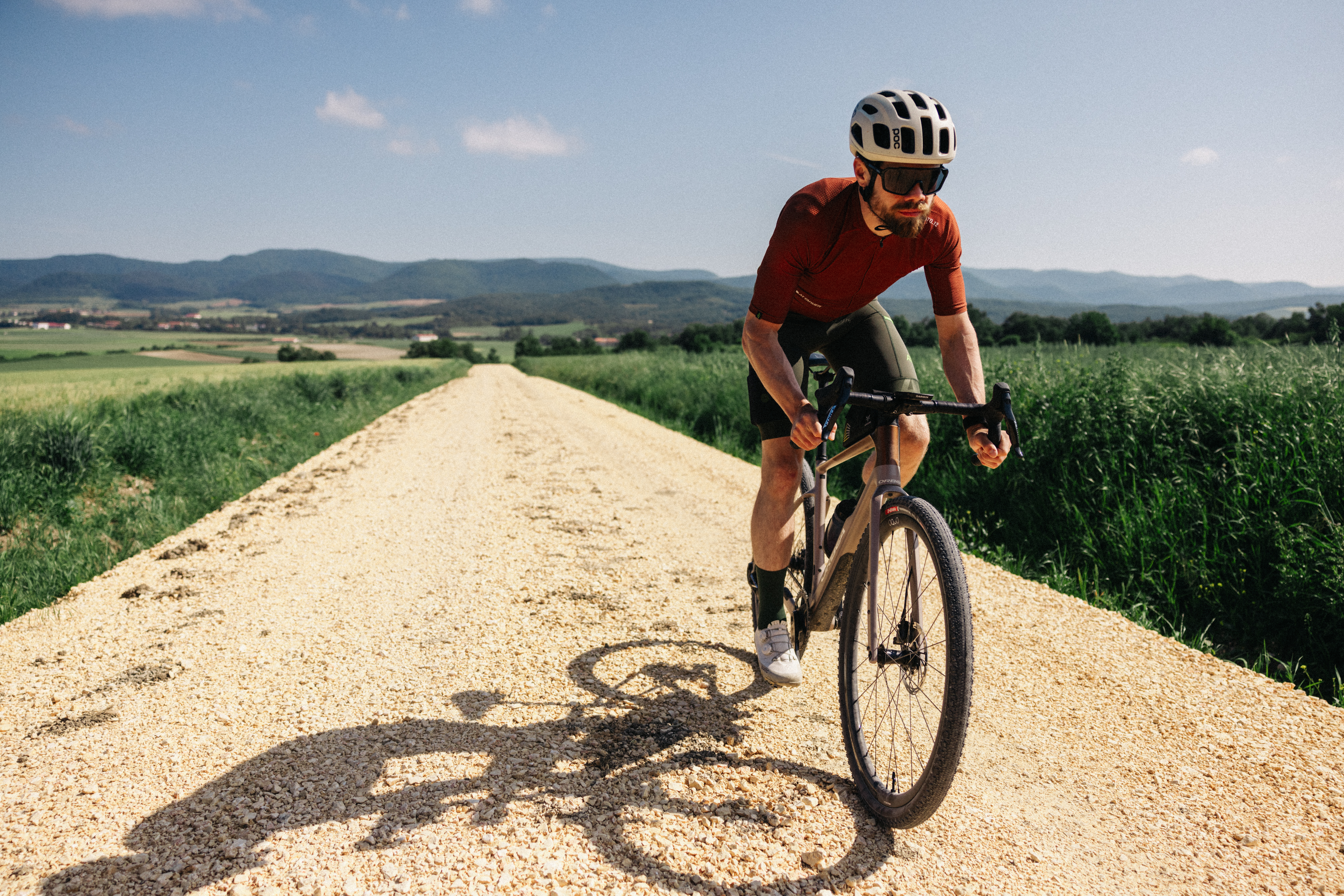
Initial verdict
The Orbea Terra still feels sharp and engaging, welcoming any injection of power with a turn of speed in return. Unless you possess a high level of handling finesse, I suspect the Terra will come unstuck when compared to other more “capable” gravel bikes; however, once things mellow out again it becomes fast enough that racing is within its remit.
As I stated in the intro, the balance between speed and capability is a fine line. If Orbea had softened the geometry further and toughened up the spec, I suspect it would begin to impact the Terra’s top-end speed.
Of course, one ride isn’t enough time to tease out the finer details of a bike's character, yet my initial impression of the Orbea Terra was extremely positive. The ride strikes a great middle ground with Orbea enhancing the Terra for adventure riding without compromising its overall performance. Bigger tyre clearance is an obvious advantage for riders looking for extra traction and comfort, while the added fork bosses and larger internal storage provide extra adventure capability without taking anything away from the overall day-to-day riding experience.
Graham has been part of the Cyclingnews team since January 2020. He has mountain biking at his core and can mostly be found bikepacking around Scotland or exploring the steep trails around the Tweed Valley. Not afraid of a challenge, Graham has gained a reputation for riding fixed gear bikes both too far and often in inappropriate places.
You must confirm your public display name before commenting
Please logout and then login again, you will then be prompted to enter your display name.
